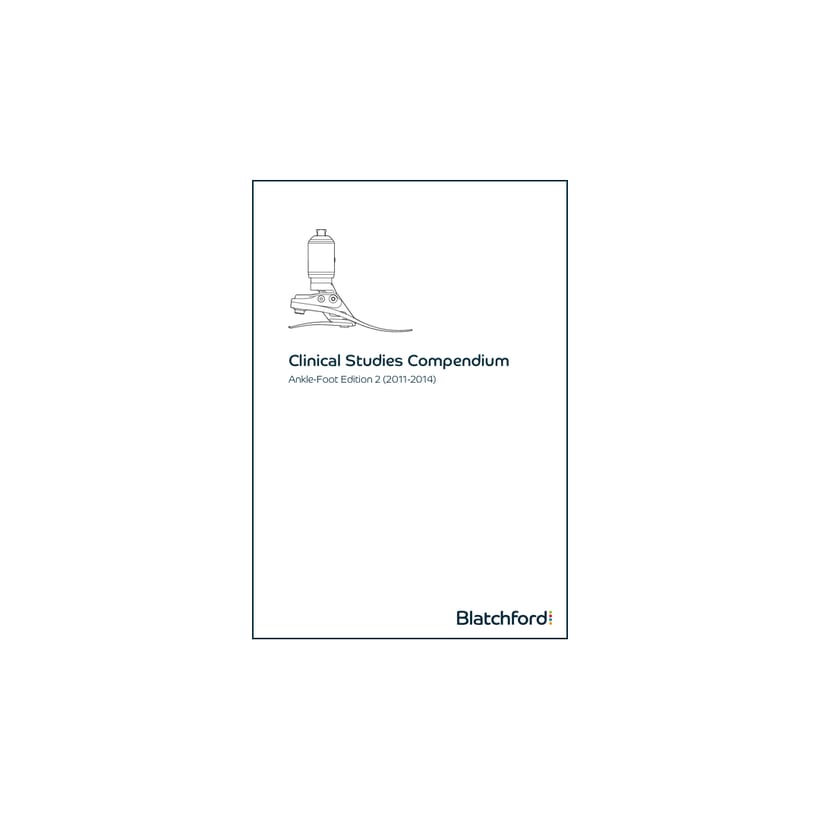Blatchford White Papers & Case Studies
Residual Limb Health - White Paper
While prosthetic technology edges ever closer to restoring natural performance, there is also a more basic consideration – the residuum-socket interface. Even with the world’s most advanced prosthetic limb, if it is not comfortable to wear and walk with, amputees will not use it.
Socket fit and comfort are inextricably linked to residual limb health, making this a critical element in achieving and maintaining a successful prosthetic prescription.

A Study of Hydraulic Ankles - White Paper
Over a decade after challenging conventional wisdom, new scientific evidence continues to be published on the medical advantages of hydraulic ankles.
Previous studies have reported this lack of adaptation to be a drawback for conventional prostheses, as such, most prosthetic users have some difficulty walking on ground that isn’t completely flat.
The introduction of hydraulic-damping ankles to address this was a controversial one, going against the teaching and understanding of prosthetic biomechanics at the time. How could this technology be of benefit to the user when it affects the efficiency of energy return?

A Study of Avalon K2 - White Paper
Hydraulic prosthetic feet can improve mobility and independence for limited community ambulators.
The main driving force behind advancing lower limb prosthetic technology in the 21st century is biomimetic design; reproducing the biomechanical performance of natural limbs.
Inherent in this is recognising that different demographics of the amputee population have different biomechanical requirements, and that the engineering principles behind different devices must accommodate for this.

Hydraulic Ankle-Foot Clinical Studies Compendium
This third edition compendium provides a summary of the scientific studies relating to Blatchford’s hydraulic ankle-foot products up to 2020. As such, it acts as a reference for patients, clinicians and health care providers, in order to help them make the most informed decision regarding their prescription.
Since the release of the previous compendium edition in 2014, the amount of new evidence for hydraulic ankles has grown significantly. This compendium includes 23 peer-reviewed journal publications describing the clinical benefits of hydraulic ankle technology, as well as nine key conference abstracts.
The summaries and reports have been written to provide a concise overview of each research study. For a more detailed report and analysis of findings, the reader is directed to the original authored and published articles.


